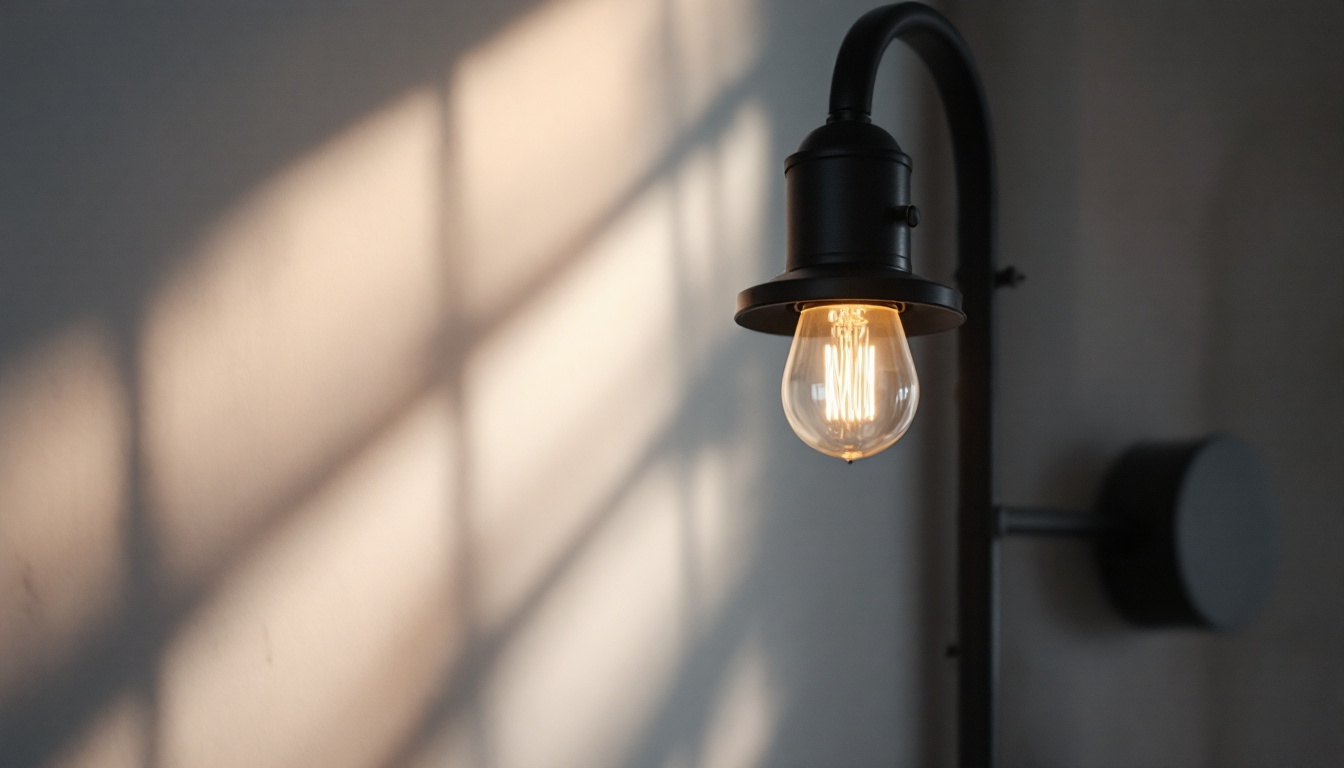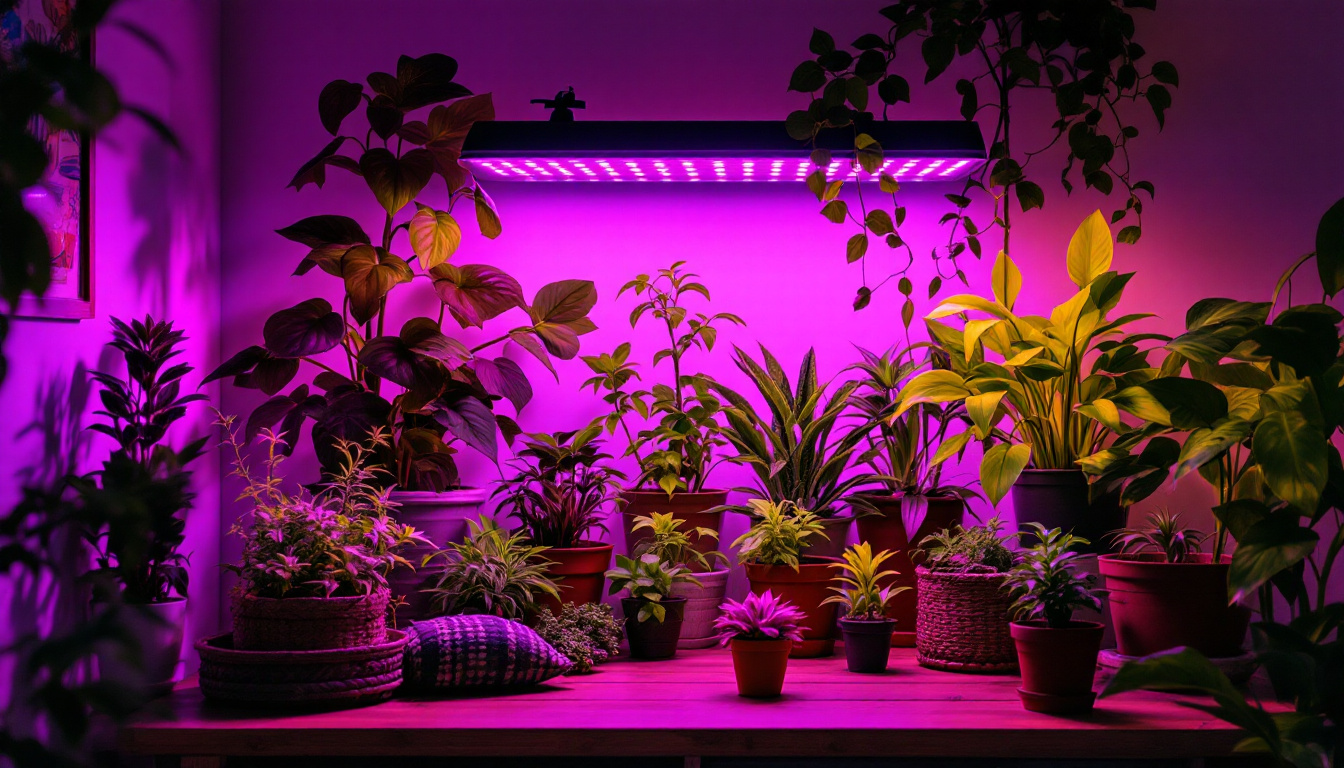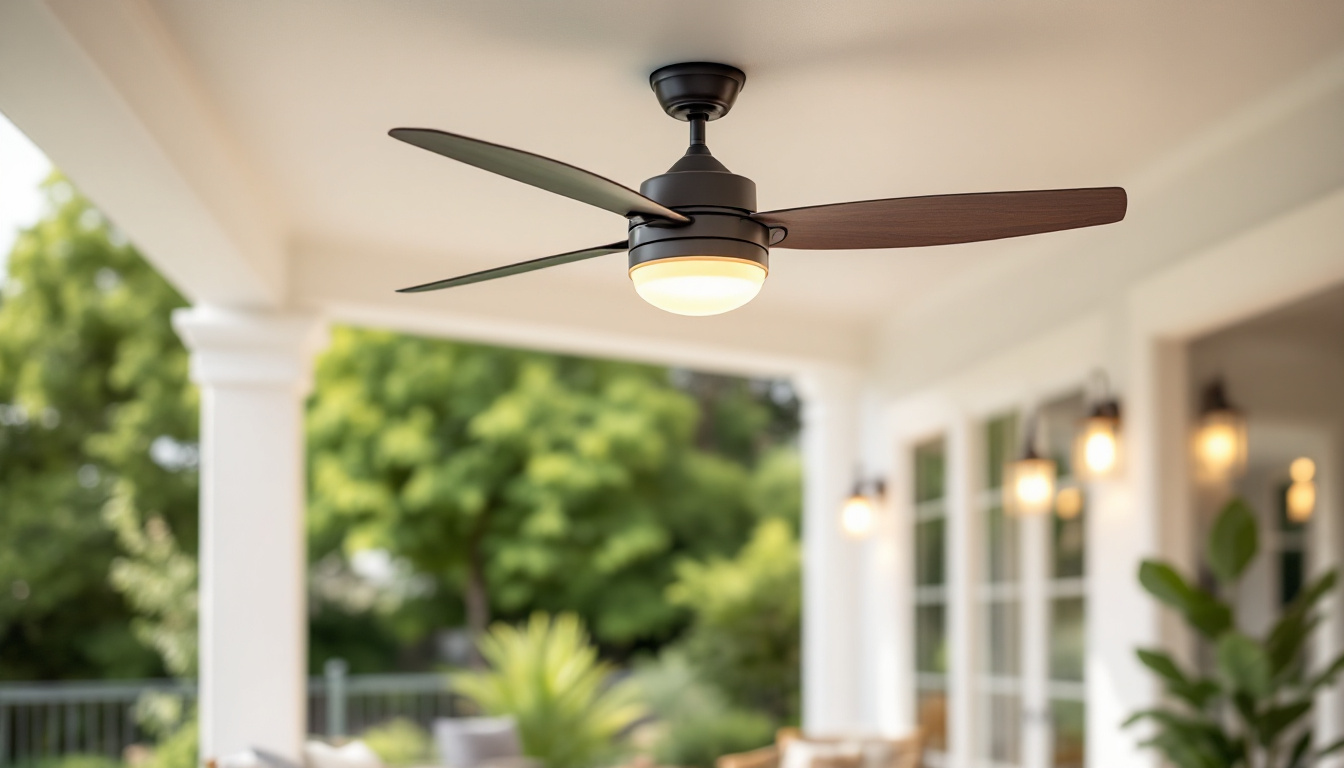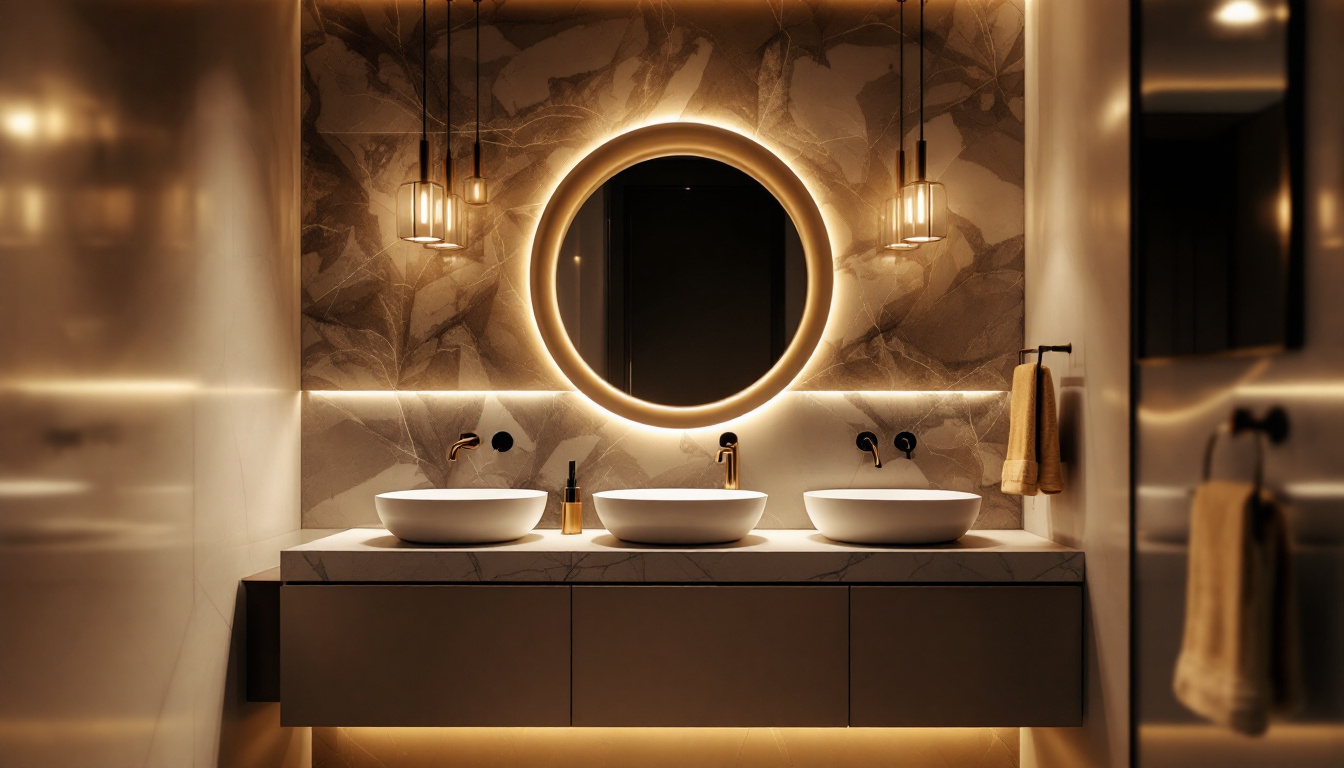
Covered lighting refers to the strategic design and installation of lighting fixtures that are shielded or enclosed to enhance both functionality and aesthetics. This approach not only improves the ambiance of a space but also ensures safety and energy efficiency. Clients often seek contractors who possess a deep understanding of this concept, including its applications and benefits.
In residential and commercial settings, covered lighting can transform an ordinary environment into a visually appealing and comfortable space. This type of lighting is particularly popular in areas such as outdoor patios, walkways, and parking lots, where safety and visibility are paramount. The design of these fixtures often incorporates various styles, from sleek modern designs to more traditional looks, allowing them to complement the architecture of the surrounding environment.
One of the primary advantages of covered lighting is its ability to diffuse light evenly across a space. This reduces harsh shadows and glare, creating a more inviting atmosphere. Additionally, covered fixtures often protect bulbs from environmental factors such as rain, snow, and dust, thereby extending their lifespan and reducing maintenance costs. This durability is especially beneficial in areas with extreme weather conditions, where uncovered lights might fail prematurely.
Moreover, covered lighting can enhance energy efficiency. Many modern fixtures are designed to accommodate LED bulbs, which consume significantly less energy than traditional incandescent options. This not only lowers utility bills for clients but also aligns with sustainability goals that many businesses and homeowners prioritize today. Furthermore, the integration of smart technology into covered lighting systems allows for advanced features such as motion sensors and dimming capabilities, further optimizing energy use and providing convenience.
Covered lighting can be effectively utilized in a variety of environments. In residential settings, it is common to see covered fixtures in gardens, patios, and entryways. These installations not only provide necessary illumination but also add a decorative element to the home. For example, pendant lights with a covered design can create a cozy atmosphere for outdoor dining, while wall-mounted fixtures can enhance the security of entry points by illuminating dark corners.
In commercial spaces, covered lighting plays a crucial role in ensuring safety and security. For instance, parking lots and walkways benefit from well-placed covered lights that enhance visibility during nighttime hours. Additionally, businesses often use covered lighting to highlight architectural features or merchandise, creating an inviting atmosphere for customers. Retail stores frequently employ covered track lighting to draw attention to specific displays, while restaurants might use covered fixtures to create a warm and intimate dining experience. The versatility of covered lighting makes it an essential element in both enhancing the aesthetic appeal and ensuring the safety of various environments.
Clients expect lighting contractors to be well-versed in the intricacies of covered lighting. This includes knowledge of different types of fixtures, installation techniques, and energy efficiency practices. Understanding these elements can significantly influence a contractor’s ability to meet client needs.
Moreover, clients appreciate contractors who can provide tailored solutions that align with their specific requirements. This may involve conducting site assessments, offering design recommendations, and ensuring compliance with local regulations.
Clients often look for contractors who possess a solid foundation in electrical systems and lighting design principles. This technical knowledge is crucial for ensuring that installations are safe, efficient, and compliant with building codes. Understanding the nuances of wattage, voltage, and circuit design is essential for delivering high-quality work.
Furthermore, expertise in the latest lighting technologies, such as smart lighting systems and energy-efficient fixtures, is increasingly important. Clients are more likely to choose contractors who can integrate these advanced solutions into their projects, enhancing both functionality and sustainability.
Aesthetics play a significant role in lighting design. Clients expect contractors to have a keen eye for design and an understanding of how lighting can influence the overall look and feel of a space. This includes knowledge of color temperatures, fixture styles, and placement strategies that maximize both beauty and functionality.
In addition, being able to present clients with a range of design options can set a contractor apart. Offering insights into current trends, as well as timeless design principles, can help clients make informed decisions that reflect their personal style and preferences.
Proper installation is critical to the success of any lighting project, especially when it comes to covered lighting. Clients expect contractors to adhere to best practices that ensure safety, longevity, and optimal performance of the lighting systems.
From selecting the appropriate fixtures to ensuring proper wiring and placement, every detail matters. Clients often appreciate contractors who take the time to explain the installation process and address any concerns they may have.
Safety is a paramount concern for clients when it comes to lighting installations. Contractors must be diligent in following safety protocols, including ensuring that all electrical work is performed according to local codes and standards. This includes using weatherproof fixtures in outdoor settings and ensuring that all wiring is properly insulated and secured.
Additionally, contractors should be prepared to educate clients on the importance of regular maintenance and inspections. This proactive approach can help prevent potential hazards and ensure that the lighting systems remain functional and safe over time.
As energy costs continue to rise and environmental concerns become more pressing, clients are increasingly focused on energy efficiency in their lighting choices. Contractors should be knowledgeable about the latest energy-efficient technologies and practices, including the use of LED bulbs, smart lighting controls, and solar-powered fixtures.
By providing clients with options that reduce energy consumption and promote sustainability, contractors can enhance their value proposition. Clients are likely to appreciate contractors who prioritize eco-friendly solutions and can demonstrate the long-term cost savings associated with energy-efficient lighting.
Effective communication is essential in any contractor-client relationship. Clients expect transparency and responsiveness throughout the project, from the initial consultation to the final installation. Building trust through open dialogue can significantly enhance client satisfaction.
Contractors should be prepared to listen to client needs, answer questions, and provide updates on project progress. This level of engagement not only fosters a positive working relationship but also ensures that the final outcome aligns with client expectations.
Clients appreciate contractors who set realistic expectations regarding timelines, budgets, and potential challenges. Being upfront about what is achievable can prevent misunderstandings and dissatisfaction later in the project. Contractors should provide clear estimates and timelines, and communicate any potential delays or issues as they arise.
Furthermore, discussing the scope of work in detail can help clients understand the complexities involved in covered lighting installations. This transparency can lead to a more collaborative approach and ultimately result in a successful project.
After the installation is complete, clients often expect ongoing support from their contractors. This may include guidance on how to operate and maintain the lighting systems, as well as assistance with troubleshooting any issues that may arise. Providing this level of support can enhance client satisfaction and encourage repeat business.
Additionally, contractors can offer maintenance packages or check-in services to ensure that the lighting systems continue to perform optimally over time. This proactive approach not only demonstrates a commitment to quality but also helps build long-term relationships with clients.
The lighting industry is constantly evolving, with new technologies and design trends emerging regularly. Clients expect contractors to stay informed about these developments and incorporate them into their work. This not only enhances the contractor’s credibility but also ensures that clients receive the best possible solutions for their lighting needs.
Attending industry conferences, participating in training programs, and engaging with professional organizations can help contractors stay current. Additionally, following relevant publications and online resources can provide valuable insights into emerging trends and technologies.
One of the most significant trends in the lighting industry is the rise of smart lighting solutions. Clients are increasingly interested in systems that can be controlled remotely, adjusted for brightness and color, and programmed for specific schedules. Contractors who can offer these advanced solutions will likely stand out in a competitive market.
Understanding how to integrate smart lighting with existing systems and educating clients on the benefits of these technologies can enhance the overall client experience. Moreover, as more clients prioritize convenience and energy efficiency, being knowledgeable about smart lighting can position contractors as industry leaders.
Design trends in lighting are continually evolving, with a growing emphasis on aesthetics and personalization. Clients expect contractors to be familiar with current styles, such as minimalist designs, industrial looks, and eco-friendly materials. Being able to recommend fixtures that align with these trends can significantly enhance a contractor’s appeal.
Moreover, understanding how to create cohesive lighting designs that complement a client’s existing decor can elevate the overall project. Contractors should be prepared to offer creative solutions and innovative designs that reflect the client’s personal style and enhance the functionality of the space.
Covered lighting is a vital component of modern lighting design, and clients expect contractors to possess a comprehensive understanding of its principles and applications. By staying informed about industry trends, adhering to best practices, and engaging in effective communication, contractors can meet and exceed client expectations.
Ultimately, the goal is to create lighting solutions that enhance safety, efficiency, and aesthetics. By prioritizing client needs and embracing innovation, lighting contractors can establish themselves as trusted partners in the journey toward exceptional lighting design.
Ready to elevate your lighting game and exceed your clients’ expectations? Look no further than LumenWholesale for all your covered lighting needs. Our extensive selection of spec-grade lighting products is designed to meet the highest industry standards, ensuring you deliver not just satisfaction, but brilliance in every installation. With unbeatable wholesale prices and the convenience of free shipping on bulk orders, you can provide premium lighting solutions without the premium cost. Make the smart choice for your business and explore our collection for the best value in wholesale lighting today.

Discover why lighting contractors should be well-versed in ceiling fan installations.

Discover the benefits of cheap grow lamps and how they can revolutionize energy-efficient lighting for your indoor gardening needs.

Explore the essential guide to large outdoor ceiling fans as we address lighting contractors’ most common questions.

Discover how vanity bathroom lighting can transform your lighting installation projects.